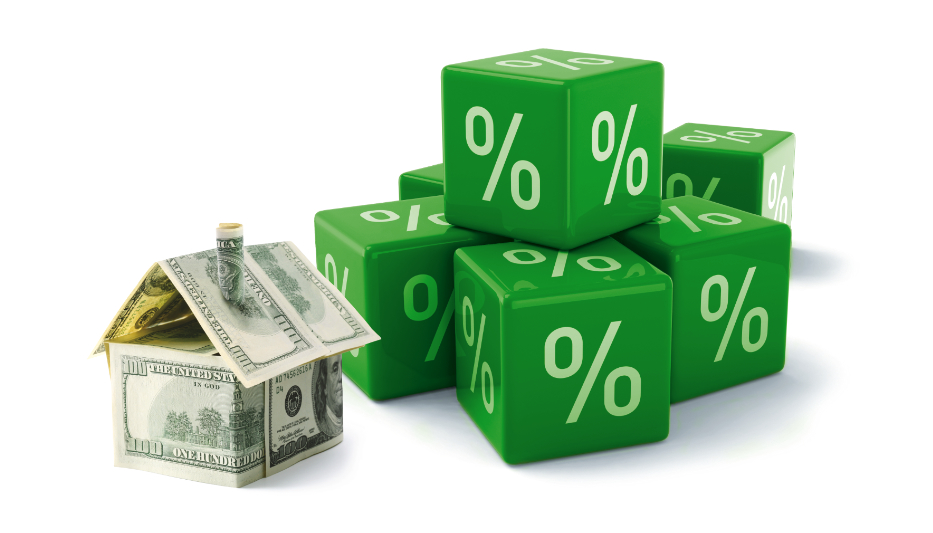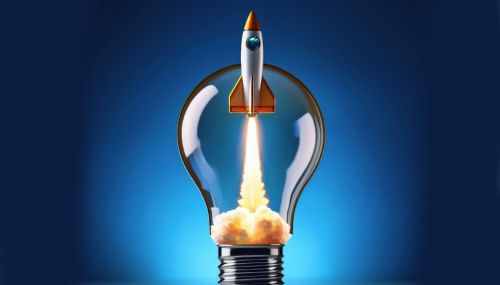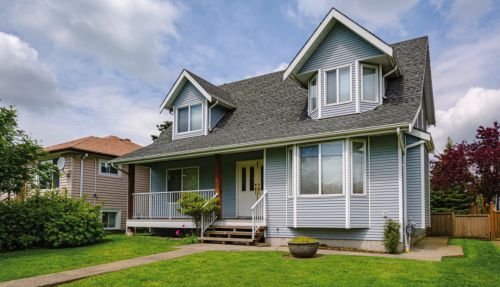All
U.S. DOE Releases Home Energy Rebate Guidance

In a surprise move in late July, the U.S. Department of Energy (DOE) released guidance to assist states in rolling out new federally funded rebate programs for residential electrification and efficiency improvements. The announcement comes despite a letter from the DOE a week earlier notifying states the rebate guidance would be delayed. Among the documents released is a 100-page list of requirements that state energy offices must follow in drafting implementation plans for the two rebate programs. States must now begin work writing their plans, which are required to be submitted to the DOE before they can receive funding and begin offering the rebates.
What are these rebates for?
The Inflation Reduction Act of 2022 (IRA) provides $8.8 billion in funding to states, which is divided between:
- The electrification rebate program, offering up to $14,000 per home for installation of all-electric appliances, including up to $8,000 for the installation of a heat pump for heating and cooling.
- The efficiency rebate program, offering up to $8,000 per home for proven energy efficiency savings.
The total value of the rebate will vary based on household income and the type of upgrades performed on the home. A household must be low-income to be eligible for the higher rebate amounts, which the IRA defines as a household earning less than 80% of the local median income in their county or metropolitan area.
Wait, so they are not yet available?
No, they are not. The U.S. Department of Energy just issued guidance to state energy offices which outlines minimum requirements for rebate program design. Each state must now write an implementation plan based on this guidance, which must be submitted to the DOE for approval before they can receive funding. Some state governments, utilities, and other stakeholders have begun promoting the rebates despite their current unavailability, which has created some confusion.
How much rebate funding will each state receive?
Preliminary estimates regarding how much rebate program funding each state will receive is available on energy.gov. States must inform the DOE of their intent to deny these funds by August 16, 2024. Florida Governor Ron DeSantis is among the first to announce his state will turn away funding for both programs, totaling an estimated $346 million. Other “solid red” states may follow suit, but it is expected that most states will accept the money. It is worth noting that any funds denied by a state will be reallocated to participating states, which will result in millions of additional dollars for home electrification and efficiency rebates in these states.
What happens next?
State energy offices must now write implementation plans based on the DOE guidance. Note, however, the federal guidance leaves some open questions that each state must address. Some of these questions include: What contractors will be eligible? How will household income be verified? How will electrification rebates be “point of sale?” How will “cost savings” for the purposes of the efficiency rebate be defined and measured? The answers to these questions could vary state-by-state. The DOE will soon publish additional “best practices” recommendations to help states address these issues.
When can homeowners apply for the rebates?
Timing for availability of these rebates will vary by state. It all depends on how long it takes states to write implementation plans, receive approval from the DOE, obtain funding, and launch their programs. The Biden administration believes rebates could be available in some states by the end of this year. States with existing home energy rebate programs could be among the first to make the new federally funded rebates available.
Where can I obtain more information?
Visit www.energy.gov for more information, and monitor communications from NEFI and your state association closely for future updates on this issue.
IMPORTANT: The above rebates should not be confused with new federal tax credits offering 30% of costs, up to a maximum of $1,200, for qualified home efficiency improvements. This includes up to $600 for installation of a qualified gas or liquid fuel fired boiler or furnace. These credits became available on January 1, 2023, and are available annually through 2032 for qualified improvements or property placed into service in a tax year. Homeowners must have tax liability to qualify for the credit, which is applied for in annual tax filings. The IRS issued guidance on this credit, but the updated tax form for claiming it has not yet been published.
Related Posts
 From Retailer to Representative: Chris Keyser’s Road to the Vermont State House
From Retailer to Representative: Chris Keyser’s Road to the Vermont State House
Posted on June 16, 2025
 Northeast Working Group for Industry Principles Gets to Work
Northeast Working Group for Industry Principles Gets to Work
Posted on May 8, 2025
 Trump Policies and Energy Markets
Trump Policies and Energy Markets
Posted on April 28, 2025
 NEFI Introduces the National Home Comfort PAC
NEFI Introduces the National Home Comfort PAC
Posted on April 28, 2025
Enter your email to receive important news and article updates.
